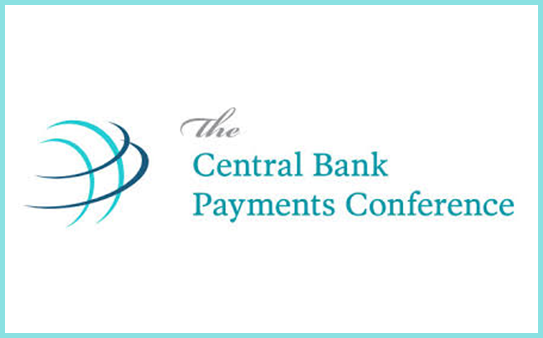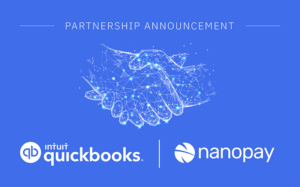As a global company, we attend events around the world. This past week our CEO, Laurence Cooke, and our Director, Banking and Capital Markets Solutions, Elena Litani, were in Berlin attending the Central Bank Payments Conference. In this short blog, Elena shares her insights and learnings from the event.
Q: How did this event compare to similar conferences you’ve attended?
Elena: Actually, this event is quite unique. The Central Bank Payments Conference is a premier event focused on central bank payments and market infrastructure. It is chaired by Jean-Michel Godeffroy, previously chairman of the T2S (TARGET2-Securities) board at the European Central Bank. This year the event attracted over 50 central banks and regulators and brought together almost 200 delegates. This made this conference special, with true global central bank perspective and speakers from the Reserve Bank of Australia, Payments Canada, CLS, Pay.UK, and the Monetary Authority of Singapore.
It is probably the best international central bank conference with regards to richness of content, knowledge of presenters, and keynote speeches.

Q: What were your highlights from the event?
Elena: I enjoyed the session by Michele Bullock (Assistant Governor, Financial Systems at the Reserve Bank of Australia) where she spoke about the faster payment platform (The New Payment Platform), its rollout, its fast acceptance and use, and some unfortunate outages.
It was also very interesting to hear from Haster Tang (CEO of Hong Kong Interbank Clearing Limited) on how they built a cross-border and cross-currency system for the financial sector in Hong Kong. Specifically, non-HKD currencies (i.e. USD, Euro) clearing systems are built on the same infrastructure and operate in the same manner as the HKD clearing system. The system enables real-time gross settlement of select non-HKD currency in Hong Kong’s time zone and relies on commercial banks as settlement agents.
Additionally, one of the panels included regulators from different jurisdictions that spoke on their approaches to encourage innovation — open banking, regulatory sandboxes, specific programs from fintech, etc. Specifically, I enjoyed UK regulators speaking about how open banking (PSD2) paves a road to open finance: improving consumer choice, competition and innovation.
And of course, as a technologist, I appreciated the emphasis on the importance of interoperability, and how standards (e.g. ISO 20022 and the Legal Entity Identifier) could facilitate it.

Q: Any surprises at the event?
Elena: A lot of buzz around Libra as it was just announced a week prior to the event. With Facebook passing 2 billion monthly users, Libra has the potential to become a new global currency. While it can boost financial inclusion efforts, it can potentially risk the stability of the overall financial system. For example, what would happen if Libra became successful and banks progressively lose their deposit-taking activities? What would happen if, in times of crisis, Libra helps depositors swiftly move their bank holdings into Libra and create “bank runs”? What if reserves for Libra suddenly lost their value?
Interestingly enough, the event attendees did not shy away from discussing Libra, but rather, used the announcement as a topic of debate, which of course, has implications that go far beyond a new method of payment. It was quite fascinating to see global regulators examine the announcement from many different angles, some negative, but mostly from a point of intrigue. Could Libra spur central bank innovation, and potentially accelerate the speed at which many nations could consider issuing their own CBDC? Libra should not be viewed as a threat, but rather, as another step towards a cashless future.
Q: What generated the most buzz around nanopay and its products?
Elena: Attendees were most interested in nanopay’s ability to issue Central Bank Digital Currency (CBDC) and the blockchain-inspired technology we use in our clearing and settlement ledger. By keeping ledgers centralized rather than distributed, our technology increases transaction throughput while keeping costs low.
There is definitely a lot of examination, curiosity, and experience sharing around CBDC. Many central banks are studying the benefits of using CBDC and integrating distributed ledger technologies into the existing financial market infrastructure. I had some 1:1 conversations about project Jasper (which I was part of before I joined nanopay) and about nanopay’s technology and how it differs from blockchain.

Q: What were your top takeaways from the event?
There seems to be conversions on the top challenges for the central banks in the upcoming years: open access (to non banks), cashless societies, global interconnectivity and cyber resilience. Therefore, CBDC, DLT and real-time payments will continue to be important topics and we will continue seeing modernization payment efforts and new initiatives. It is definitely an exciting space to watch.





